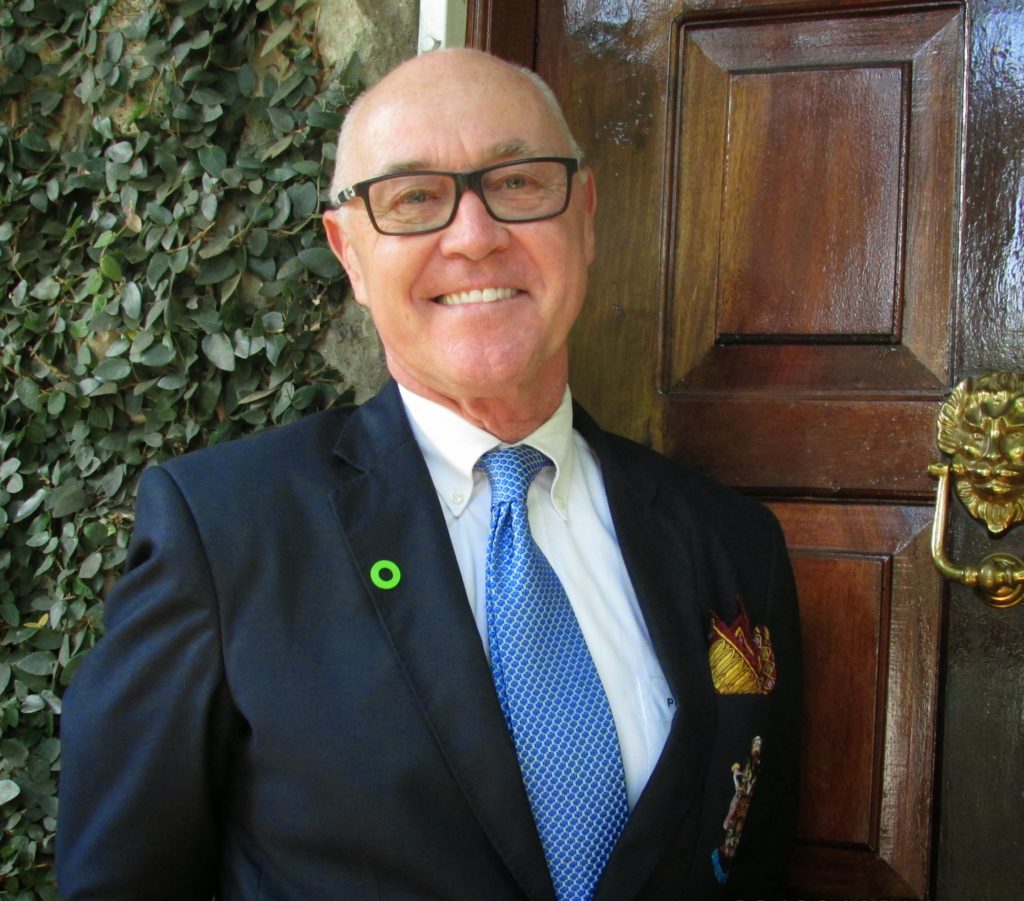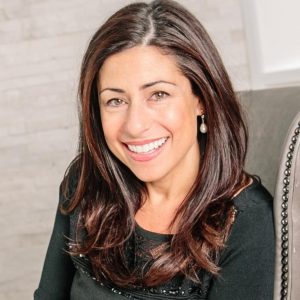Nancy’s Lung Cancer Journey
No one is ever prepared to hear the words “You have cancer”. Even though (from asking for an x-ray that morphed into a CT scan) I knew there was a large tumor in the middle of my chest, I still wasn’t ready. And the pulmonologist was so kind in delivering the diagnosis. He went down the hall with the needle aspiration from my left clavicular lymph node and returned ½ hour later with a tri-fold paper towel on which he had drawn my lungs with the locations of the tumors – upper right lobe (T1), central lymph nodes of the mediastinal area (in total, about 2” x 5”), and one on the lymph node at my neck. And he said “You have small cell lung cancer (SCLC). There’s good news and bad news. The bad news is that it is extremely aggressive. The good news is that it is extremely responsive to treatment. If you are deemed to be “limited stage” (there are only 2 stages for SCLC – I call them good and bad), you have a 30% chance of long-term survival – a normal life.” In mid-August, I thought I’d be dead by Christmas. I spent about 2 minutes on the internet – what I saw was enough to tell me not to look further.
Doctors matter. A lot. I was treated at an NCI-designated Comprehensive Cancer Center by several exceptional doctors. What made them exceptional? Their listening and observational skills first and foremost, their dedication to staying current with research, and their caring. I was lucky – I didn’t have to search for them. These women – my primary care physician, my oncologist and my radiation oncologist kept me alive. They made me part of the 30%, even though my diagnosis said I was borderline extensive stage. It only took 5 months of chemotherapy (cisplatin and etoposide) and twice daily radiation during some of those 5 months, along with an episode of sepsis (broad-spectrum antibiotics, 2 blood transfusions, and a week in the hospital), to have me declared “No evidence of disease (NED)” by early December.
While my friends and family celebrated, I didn’t feel like celebrating. My life had been turned upside-down, I felt wrung-out and fatigued all the time, had lost so much weight that nothing fit, and had lost all my hair. And I knew that in January, I had to have 10 days of prophylactic whole brain radiation to kill any errant lung cancer cells (I was pretty sure it would make me stupid!) And that’s when my doctor prescribed an anti-depressant, which helped.
What did I do during this time – besides visit doctors and hospitals? I walked – a lot. It was the easiest way for me to exercise, and my boxer was happy to help in that regard. I ate well – meaning lots of fruits and vegetables. And I meditated with guided CDs designed for cancer patients. And I kept up with my friends – often meeting one or more of them for lunch downtown. That not only passed the time but kept my spirits as up as they could be – a distraction if you will.
And when it was over, and I was deemed “cured”, I got angry. Angry that no one talked about the number one cancer killer. Through my doctor, I got in touch with the National Lung Cancer Partnership (now merged with the Lung Cancer Research Foundation), got involved in advocacy, and haven’t stopped. For me – it is healing to try to do something – anything – to prevent more people from going through what I went by raising awareness and research funding.
I have also learned that some treatments don’t let you forget that you had them. I had a CT scan every 90 days for the first 5 years after diagnosis. In the 4th year, they saw that my left ventricle was enlarged and referred me to cardiology for cardiomyopathy (heart failure). It was bad – so I went from surviving the #2 killer to facing the #1 killer! But with treatment from a cardiologist who specialized in heart failure from chemotherapy, I now have an implanted medical device, low-dose daily medication, and a nearly normal heart function. There’s also the foot neuropathy I’ve learned to live with (it’s not so bad) and some balance issues (likely from inner ear damage from cisplatin). But I’m alive!! Alive certainly beats the alternative.
Nancy has over 35 years of leadership experience in consumer and commercial banking. Nancy holds her BA from the College of William and Mary in German, and was lucky enough to study one year at the University of Salzburg in Austria. In addition to some post-graduate work at Drexel University, she has held the Series 7, 66 and 21 financial licenses as well as life and health insurance licenses. Nancy is a lifelong volunteer, serving as cubmaster, cookie mom, Sunday School teacher, feeding the homeless, walking Town Watch, serving on the boards of several community organizations as well as the national board of the National Lung Cancer Partnership. She founded the Pennsylvania Lung Cancer Partnership raising $1.5 million in 6 years statewide. Nancy has a son serving in the Army and a daughter working on her MS in nutrition, and 1 grandchild from each. Nancy relocated to San Diego in late 2013 from Philadelphia to join her daughter here on the west coast. She lives in Point Loma with her bichon and chihuahua boys, and operates Happy Paws of San Diego, a dog walking/pet sitting business. She volunteers with Advocates for Classical Music introducing elementary school children to classical music prior to their attending a symphonic performance designed for kids, serves as Board Secretary and Vocational Chair with the La Jolla Golden Triangle Rotary, and serves on the Development Committee with LungForce (ALA).

 Peter Blaze Corcoran concedes that there is never a good time to get a stage four cancer diagnosis, but he says his diagnosis came at a time in his life when he felt secure in managing it. It was 2015 and he was a university professor nearing retirement. He had insurance, a supportive employer, and access to excellent medical care. “It came at a time when I was mature enough, secure enough, and knowledgeable enough,” says Peter. “I felt quite stable in dealing with it.” It was
Peter Blaze Corcoran concedes that there is never a good time to get a stage four cancer diagnosis, but he says his diagnosis came at a time in his life when he felt secure in managing it. It was 2015 and he was a university professor nearing retirement. He had insurance, a supportive employer, and access to excellent medical care. “It came at a time when I was mature enough, secure enough, and knowledgeable enough,” says Peter. “I felt quite stable in dealing with it.” It was 



